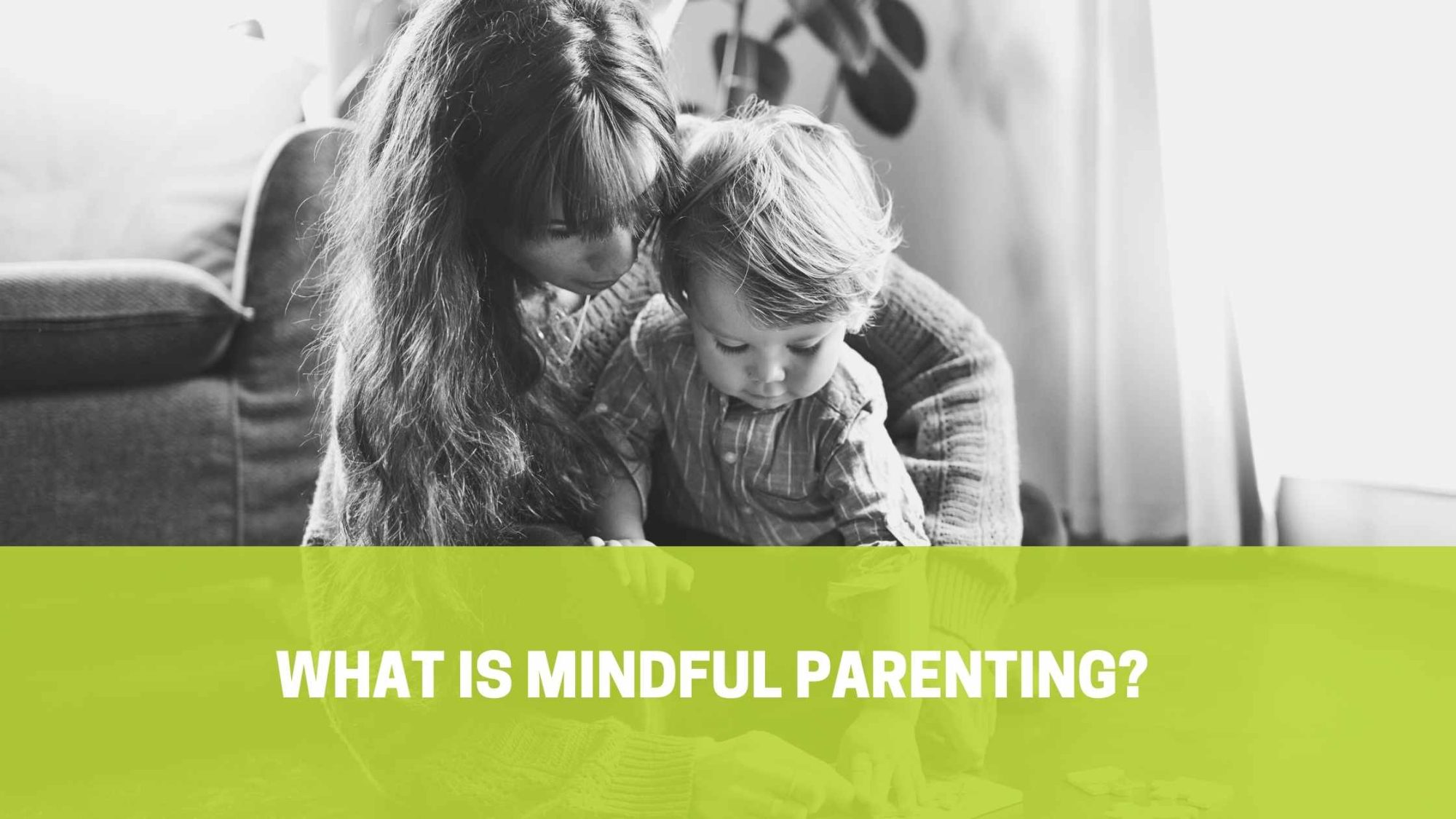We spend 40% of our time awake, lost in thought. Almost half of our lives are not spent in the present moment. Mind-wandering isn’t totally bad but can be harmful since we are prone to negative rumination (i.e., catastrophic thinking, what if thinking, etc.). This can make parenting particularly challenging since our children depend on us being regulated in order to regulate themselves!
Meditation helps us put some space between our thoughts and ourselves. Meditation cultivates mindfulness, and there’s a specific science that explains this effect!
The Neuroscience Behind Meditation:
- Practicing meditation can improve your mood, increase your ability to focus, and lower levels of stress.
- Neuroplasticity explains how brains are shaped throughout our lives and are constantly restructuring. Meditating creates new neural-connections, strengthening positive thoughts and weakening ones that may cause stress.
- Meditation shrinks the amygdala (the fear center of our brain), increases gray matter (which naturally declines as we age), strengthens the prefrontal cortex (the area of our brain responsible for our complex thinking)
- Meditation creates balance between our right and left side brain, leading to better focus, enhanced creativity & memory, and clearer, deeper thought.
- Our corpus callosum (the center part of our brain) is stronger, thicker, and better connected due to meditation practices.
Meditation Myths & Common Areas of Struggle for Parents:
Stillness:
- What it’s not: forcing your body to stay still.
- What it is: an acknowledgment that our minds are active, but we have the power to recognize and stop negative thinking, control our thoughts to prevent our minds from wandering, and support our self-awareness.
Anxiety & why parents may worry:
- We worry because we want something to be different, and we don’t want anyone (especially ourselves and our loved ones) to experience negativity.
- It’s okay that we can’t be in two places at once. We don’t have to do the job of a planner.
What we can do to combat this:
- Use an actual planner notebook, sticky notes, etc., to physically write down our thoughts and take the pressure off our minds. We can encourage children to do the same!
- Practice non-judgment. Our mind’s inherent nature is to assign meaning to our thoughts and experiences, but we don’t have to feel ashamed for our negative or uncomfortable thoughts, feelings, and experiences.
Meditating with your Children:
You may think, “It’s hard enough to practice meditation as an adult; how could I possibly get my child to do it?” Treat it as an open invitation! Just as meditation shouldn’t feel like a chore for you, it shouldn’t be for a child either. Find ways to make it fun and playful!
You can adapt each of the exercises listed above to do with your child, but here are some other ideas that may be even better suited for children:
- Nature Walks – discovering the environment around you.
- Hot Chocolate Breath – cup your hands and envision yourself holding a warm cup of hot chocolate. Breathe in and blow the air out of your mouth. Notice the warm air on your hands. Pretend you’re blowing on whip cream or marshmallows, and you can’t blow too hard, or they’ll fly away.
- Stiff as a Soldier, Soft as a Noodle – Squeeze your body tight, and then let your body feel loose. Go back and forth with each to flex muscles and engage in progressive muscle relaxation. This also works when imagining squeezing a lemon or squeezing sand in between your toes.
- Lovie Breaths – Lay flat and place a stuffed animal on your stomach. As your belly fills with air, notice the stuffed animal rise. As you breathe out, notice the stuffed animal fall.
You can practice mindfulness for yourself and with your child in a multitude of ways! Find what works for you and what makes you feel the best. Below are other resources to learn more about our brain, meditation, and mindfulness.
Resources to use:
Incorporating mindfulness into your daily routine can be difficult at first. Ease into it! Let’s all agree to plant a seed, whether it’s a tine one or a large one, and water it.

